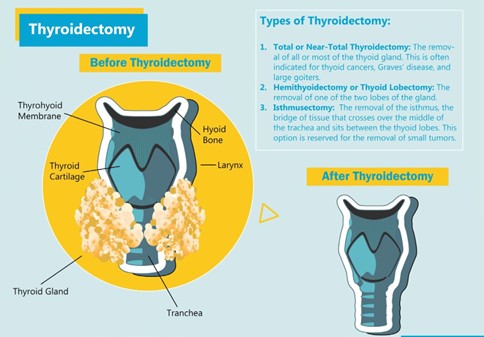A patient with chronic atrophic gastritis was prescribed monthly Cobalamin (B12) injections The determines that teaching regarding the injections has been effective when the patient States:
These injections will increase the hydrochloric acid in my stomach:
The cobalamin injections need to be taken until my inflamed stomach heals.
The cobalamin injections will prevent me from becoming anemic.
These injections will decrease my risk for developing Stomach cancer.
The Correct Answer is C
The correct answer is choice c. The cobalamin injections will prevent me from becoming anemic.
Choice A rationale:
Cobalamin (B12) injections do not increase hydrochloric acid production in the stomach. Chronic atrophic gastritis often leads to decreased production of hydrochloric acid due to the loss of parietal cells, but B12 injections do not reverse this condition.
Choice B rationale:
The need for cobalamin injections is typically lifelong in patients with chronic atrophic gastritis because the condition leads to a permanent loss of intrinsic factor, which is necessary for B12 absorption. The injections are not just until the stomach heals.
Choice C rationale:
Chronic atrophic gastritis can lead to vitamin B12 deficiency due to the loss of intrinsic factor, which is essential for B12 absorption. This deficiency can cause pernicious anemia, and B12 injections are necessary to prevent this condition.
Choice D rationale:
While chronic atrophic gastritis does increase the risk of stomach cancer, B12 injections are not specifically aimed at reducing this risk. The primary purpose of B12 injections is to prevent anemia.
Nursing Test Bank
Naxlex Comprehensive Predictor Exams
Related Questions
Correct Answer is D
Explanation
This is a critical finding that could indicate bleeding or compromised airway, both of which are potentially life-threatening complications following a thyroidectomy. Immediate intervention may be necessary to prevent further harm to the patient. The other options are important to note and should be addressed, but they do not require immediate intervention as the swelling in the neck does.

Correct Answer is A
Explanation
Based on the given arterial blood gas results, the patient's pH is elevated, indicating alkalosis. The PaCO2 level is decreased, which suggests respiratory compensation. The bicarbonate (HCO3-) level is within the normal range. Therefore, the interpretation of the arterial blood gas results is respiratory alkalosis.
Whether you are a student looking to ace your exams or a practicing nurse seeking to enhance your expertise , our nursing education contents will empower you with the confidence and competence to make a difference in the lives of patients and become a respected leader in the healthcare field.
Visit Naxlex, invest in your future and unlock endless possibilities with our unparalleled nursing education contents today
Report Wrong Answer on the Current Question
Do you disagree with the answer? If yes, what is your expected answer? Explain.
Kindly be descriptive with the issue you are facing.
